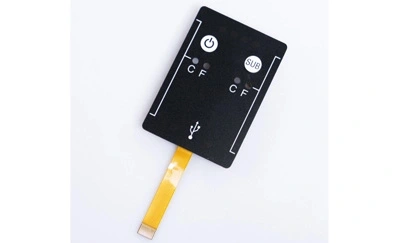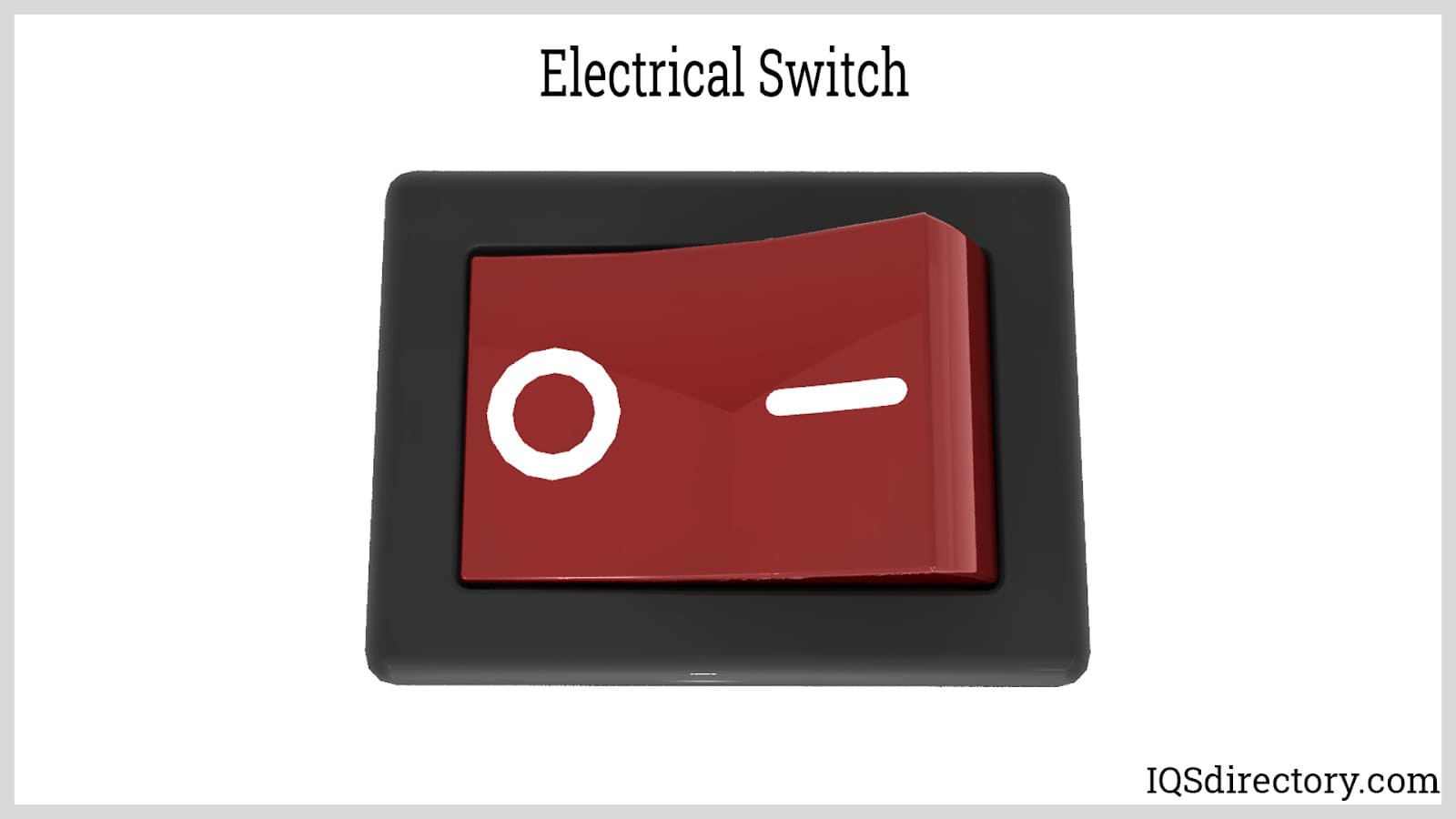The Manufacturing Refine Behind Membrane Switch Over: What You Required to Know
The manufacturing process behind membrane layer switches combines careful style, material selection, and quality assurance. It begins with comprehending the ins and outs of membrane layer button style and proceeds via various phases, consisting of material options and printing methods. Each phase plays a crucial duty in ensuring capability and resilience. Nonetheless, the complexities of layer building and the strenuous testing standards may expose insights that are not promptly evident. What lies past these foundational aspects?
Recognizing Membrane Switch Style
Membrane switches may show up straightforward at very first glance, their design entails elaborate factors to consider that ensure functionality and longevity. The design process starts with a complete understanding of user demands, consisting of the interface's desired application and ecological aspects. Ergonomics is a crucial element, as the layout should promote convenience of usage while ensuring that responsive feedback satisfies user expectations.Moreover, the layering of parts, such as graphic overlays, glue layers, and conductive traces, need to be precisely engineered. membrane switch. This layered configuration not just influences the button's responsiveness however likewise impacts its longevity. Attention is provided to the securing techniques utilized to secure versus wetness and dust, which could endanger efficiency. In addition, design considerations reach aesthetics, where color pattern and visual quality boost individual experience. Inevitably, the design of membrane layer switches over balances capability, user experience, and resilience, making sure that they satisfy the needs of numerous applications successfully
Products Used in Membrane Switch Production
When choosing products for membrane layer button manufacturing, it is necessary to consider both efficiency and durability. The main materials include polyester and polycarbonate movies, which offer adaptability and stamina. These films are commonly covered with sticky to ensure appropriate bonding to substrates. Conductive inks, commonly composed of silver or carbon, are crucial for creating electrical links within the button, permitting for reputable operation.Additionally, a safety layer, such as a tough layer, is regularly related to enhance scrape resistance and long life. The option of backing product, such as acrylic or foam, can considerably affect the switch's tactile feeling and overall individual experience. Moreover, different environmental variables, consisting of temperature and humidity, need to direct product option to ensure peak efficiency in details applications. Eventually, the best mix of products adds to the membrane layer switch's performance and life-span, making educated options crucial for manufacturers.
The Printing Process: Creating Video and Text
The printing process in membrane switch production plays a significant duty in creating high-grade graphics and text. Numerous graphic layout techniques are utilized to assure aesthetic allure and capability, while careful ink selection techniques are crucial for longevity and efficiency. Understanding these elements is fundamental for attaining best lead to membrane layer switch design.
Graphic Design Techniques
Graphic style techniques play an important function in the printing procedure of membrane buttons, as they define exactly how graphics and text will eventually show up on the end product. Effective visuals style includes the strategic use layouts, shades, and fonts to boost readability and aesthetic appeal. Developers frequently utilize vector graphics for scalability, ensuring that images continue to be sharp at different dimensions. Furthermore, interest to contrast and placement is crucial, as it influences user communication and aesthetic top quality. The incorporation of branding elements, such as logo designs, should be taken care of with care to maintain brand honesty. Overall, thoughtful visuals layout strategies contribute considerably to the capability and attractiveness of membrane switches, affecting individual experience and product efficiency.
Ink Choice Approaches
Selecting the suitable ink is vital for attaining the wanted aesthetic quality and sturdiness in membrane switch manufacturing. Various ink types are made use of, consisting of solvent-based, water-based, and UV-curable inks. Each kind provides distinct features, such as resistance, bond, and flexibility to environmental elements. Solvent-based inks are commonly preferred for their resilience and vivid colors, while water-based inks are more eco-friendly however might have restrictions in attachment. UV-curable inks offer rapid curing and robust performance. Furthermore, shade matching techniques assure that the picked inks line up with layout requirements. Eventually, the choice of ink have to take into consideration aspects such as application technique, substrate compatibility, and end-use needs to attain exceptional lead to membrane switch graphics and text.
Layer Building And Construction and Assembly

Product Choice Refine
A careful option of products is important in the manufacturing procedure of membrane switches, as it straight affects functionality and toughness. The key materials utilized consist of polyester, polycarbonate, and numerous conductive inks. Polyester is commonly favored for its outstanding resistance to chemicals and abrasion, making it ideal for severe atmospheres. Polycarbonate, on the various other hand, offers premium quality and impact resistance, which is helpful for applications calling for presence and effectiveness. Conductive inks, commonly made up of silver or carbon, are important for developing reputable electrical pathways. Furthermore, the choice of adhesive products influences the general integrity of the button - membrane switch. Examining aspects such as ecological direct exposure, tactile responses, and visual demands overviews makers in selecting the most effective products for their particular applications
Layer Attachment Methods
Adhering layers in membrane button construction is a vital process that ensures performance and durability. Different adhesion methods are utilized to secure optimal bonding in between layers, which typically include the use of adhesives, warmth, and stress. Pressure-sensitive adhesives (PSAs) are commonly made use of for their ease of application and immediate bonding abilities. Additionally, thermal bonding methods can be used, where heat is utilized to activate sticky residential or commercial properties, safeguarding a strong bond. The choice of attachment approach mainly depends on the materials included and the particular application requirements of the membrane button. Correct positioning and consistent application of adhesives are necessary to avoid flaws, protecting the switch runs effectively throughout its desired life-span.
High Quality Control Actions
Guaranteeing quality assurance during the layer building and setting up of membrane buttons is essential for keeping performance and dependability. This procedure normally entails several critical steps, including complete inspections at each stage sites of production. Producers utilize innovative testing methods, such as peel examinations and attachment assessments, to confirm the stability of layer bonds. Additionally, visual assessments are carried out to identify any kind of problems in printing or material disparities. Ecological conditions, such as temperature level and humidity, are very carefully kept an eye on to guarantee perfect curing and attachment. Additionally, routine calibration of tools helps maintain accurate manufacturing standards. By applying these quality assurance measures, makers can greatly reduce the threat of item failure, assuring that the last membrane layer switches over fulfill the required specifications and consumer expectations.
Testing and Quality Assurance Steps

Innovations in Membrane Layer Switch Over Technology
As advancements in modern technology remain to develop, membrane layer switches are gaining from cutting-edge advancements that boost their functionality and customer experience. One significant technology is the integration of capacitive touch innovation, which allows for more receptive and intuitive interface. This change not just enhances aesthetic appeals yet additionally minimizes mechanical wear and tear, prolonging the lifespan of the switches.Additionally, improvements in graphic overlay materials have brought about improved toughness and resistance to environmental elements such as wetness and UV light. These materials currently supply improved quality and brightness, more boosting the visual appeal.Furthermore, the incorporation of wise modern technology is changing membrane switches over into interactive control panels, making it possible for connectivity with IoT tools. This connection fosters a smooth individual experience, leading the way for applications in numerous markets, from medical care to customer electronics. Collectively, these developments setting membrane changes as essential elements in contemporary gadget style.
Regularly Asked Concerns
How much time Does the Membrane Change Manufacturing Process Take?
The duration of the membrane switch production process can differ substantially. Aspects such as intricacy, materials used, and manufacturing volume influence timelines, with regular manufacturing varying from a couple of days to numerous weeks for completion.
What Are the Common Applications for Membrane Buttons?
Membrane layer buttons are frequently used in various sectors, consisting of automotive controls, family home appliances, clinical devices, and consumer electronic devices (membrane switch). Their versatility and longevity make them optimal for applications requiring easy to use interfaces and reputable efficiency in varied settings
Can Membrane Layer Switches Be Personalized for Certain Needs?

What Is the Lifespan of a Normal Membrane Switch?
The lifespan of a typical membrane layer button varies, however usually, it varies from 1 to 5 million cycles. Factors such as usage, atmosphere, and material top quality considerably affect toughness and general efficiency gradually.

Are Membrane Layer Changes Eco-friendly?
The ecological kindness see this website of membrane layer changes differs. Some materials made use of might not be recyclable, while others can be green. The general impact relies on manufacturing materials and techniques, necessitating careful consideration during option and disposal. The manufacturing procedure behind membrane layer changes combines mindful style, product selection, and top quality control. It starts with recognizing the ins and outs of membrane layer button design and progresses through numerous phases, consisting of product options and printing strategies. When selecting products for membrane button manufacturing, it is necessary to consider both efficiency and toughness. A mindful selection of materials is important in the production process of membrane layer switches, as it directly influences performance and resilience. The option of bond method mostly depends on the products included and the specific application requirements of the membrane layer switch.